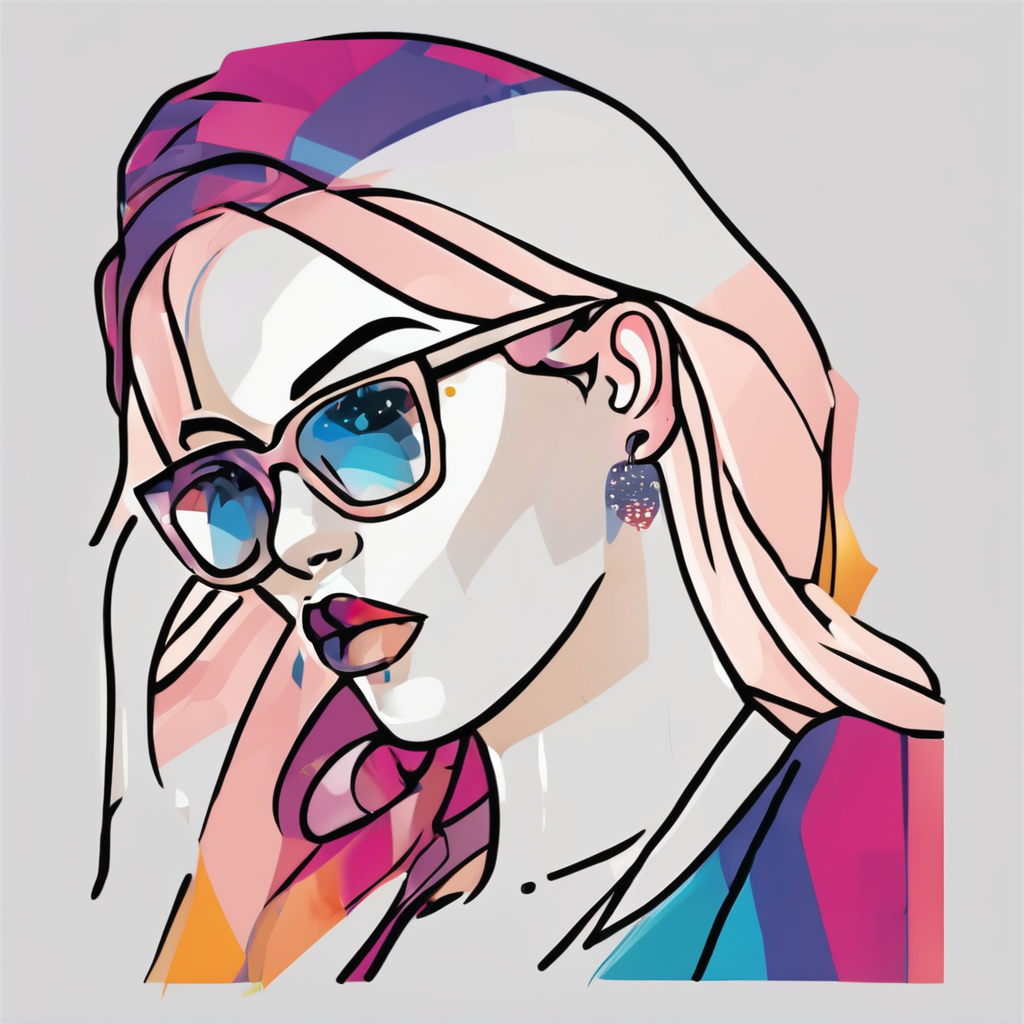Key ways UK women’s fashion is promoting diversity and inclusion
UK women’s fashion has increasingly embraced diversity in fashion, making strides beyond tokenism. Advertising campaigns now feature models of varying ages, ethnicities, and body types, reflecting a broader spectrum of society. This real-world change challenges traditional beauty standards, connecting brands more genuinely with consumers.
Runway shows have witnessed recent shifts, with designers showcasing inclusive casts that spotlight different genders, sizes, and abilities. This shift underscores an industry intent not just on appearance but on authentic representation. Inclusion practices extend from runway to behind the scenes, with designers and agencies prioritizing equitable hiring and mentorship programs.
This might interest you : What’s Trending Now in Women’s Fashion?
Authentic inclusion initiatives go further than diverse casting; they involve dialogue with underrepresented groups and transparency about progress. These efforts ensure the industry evolves sustainably, fostering a welcoming environment within UK women’s fashion. By focusing on meaningful change, the sector is setting new standards that challenge and enrich fashion culture both nationally and globally.
Leading brands and designers championing diversity
Diversity is becoming a cornerstone for many UK fashion brands. Labels such as ASOS and Boohoo prioritize body positivity fashion, offering extended sizes that celebrate different shapes. These brands embrace a broad spectrum of skin tones and sizes in their campaigns, making inclusivity visible and authentic.
Also read : What role does cultural diversity play in UK women’s fashion trends?
Several inclusive designers lead the charge by centring their creative vision around diversity. Designers like Bethany Williams incorporate sustainability with social impact, highlighting multicultural stories and diverse models. This approach not only challenges industry norms but also broadens appeal by reflecting real-world demographics.
Successful marketing campaigns vividly showcase how body positivity fashion can drive engagement. Brands utilizing diverse models in their promotions report increased consumer loyalty and brand trust. Inclusive collections, like those launched by River Island, reveal how diversity is not only ethical but profitable. These examples from prominent brands underline a vital shift: diversity is integral to UK fashion’s future, blending style with representation.
Expanding representation: LGBTQ+, disability, and cultural inclusivity
Representation in LGBTQ+ fashion UK has progressed significantly, with more designers and brands embracing queer identities on and off the runway. This shift champions visibility, allowing diverse gender expressions to challenge traditional norms and broaden acceptance in mainstream fashion. Designers increasingly feature transgender and non-binary models, reflecting authentic lived experiences and fostering inclusivity.
Disability in fashion is gaining vital attention through adaptive fashion lines specifically designed for ease of wear, comfort, and dignity. These collections prioritize practical features like magnetic buttons and adjustable fittings while maintaining style. Advertising campaigns now highlight disabled models, emphasizing accessibility without compromising aesthetics, addressing a historically underrepresented group.
Cultural representation in women’s fashion celebrates rich heritage and diverse backgrounds by incorporating traditional patterns, fabrics, and storytelling. Designers highlight multicultural influences, fostering pride and appreciation across communities. This approach challenges cultural appropriation and encourages respectful collaboration, contributing positively to global fashion discourse. Embracing these intersecting identities strengthens inclusivity and represents the complexity of contemporary style.
The evolution of inclusive sizing and retail experiences
The fashion industry has seen a significant shift towards inclusive sizing, addressing a wide range of body types with expanded fit ranges. Brands now embrace accessible fashion UK standards, ensuring both physical stores and online platforms cater to varied customer needs. This evolution is not merely about adding sizes but about creating a shopping environment that supports diverse shopping experiences for all.
In-store, retailers implement measures such as adjustable fitting rooms and trained staff to promote body acceptance. Online, detailed size guides, virtual fitting tools, and customer feedback loops help shoppers find the right fit with confidence. This commitment to accessibility extends beyond clothing, reflecting a deeper respect for individuality.
Experts commend these positive retail changes for fostering greater inclusivity and reducing the stigma around body diversity. Consumer feedback highlights increased satisfaction and loyalty as shoppers feel more seen and valued. The rise in inclusive sizing and accessible fashion UK initiatives marks progress toward a more welcoming, equitable retail landscape for everyone.
Notable figures and campaigns driving change
Among the most influential activists in fashion are figures from the UK who tirelessly push for diversity and inclusion. These notable fashion figures UK include models, designers, and creatives challenging traditional norms. For example, individuals who bring visibility to underrepresented communities have transformed industry standards, encouraging brands to embrace authenticity.
Significant diversity campaigns have set new benchmarks, emphasizing representation across race, size, and gender. Campaigns like Chromat and Fenty Beauty highlight how thoughtful inclusion can resonate globally, reshaping marketing narratives and product development. These initiatives are not only about visibility but about fostering genuine cultural shifts.
Social media platforms have become powerful tools for these figures and campaigns. Public advocacy via Instagram, Twitter, and TikTok accelerates change by holding brands accountable and amplifying marginalized voices. This digital engagement ensures fashion conversations are accessible and continuously evolving, bridging gaps between consumers and industry leaders.
In sum, the synergy between influential activists and purposeful diversity campaigns, supported by social advocacy, is crucial for meaningful progress in fashion inclusivity today.



